
Evangelion and Yokai Hunter
"Evangelion: 3.0+1.0 Thrice Upon a Time" was released on March 8th.
The film's completion was delayed from the original schedule, and due to the effects of COVID-19, the release was postponed many times, so it is finally here. 14 years have passed since "Evangelion: 1.0 You Are (Not) Alone" and 25 years have passed since the TV series.
I have just watched the movie, and although the article below does not contain any direct spoilers, please be aware that some readers may find some content to be spoilers.
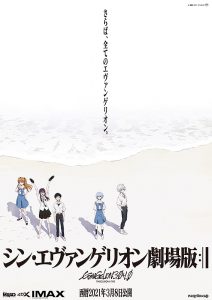
Evangelion and Daijiro Moroboshi
This work, including the original TV series "Neon Genesis Evangelion," contains many keywords with Christian and biblical motifs.
Also, one of the most talked about works that influenced him is Daijiro Moroboshi's "Dark Myth" and "Me and Julio in the Schoolyard"City of Shadows"The title of the work is..."
In the "BS Manga Night Talk" program, Toshio Okada compared "Evangelion" and Daijiro Moroboshi's "biological city"or,"Yokai Hunter"of"Tree of Life",Black Seeker",Return of the Dead" He talks about the similarities with "
Incidentally, these works by Morohoshi are sometimes spoken of as the "original sources" for Evangelion, but rather than there being any specific original source, it would be more appropriate to think of them as having been inspirations or having had some kind of influence.
Tree of Life
The original source of the "Tree of Life" in "Yokai Hunter" isTree of Life" is a tree planted in the center of the Garden of Eden in the Book of Genesis in the Old Testament. It is said that if one eats the fruit of the Tree of Life, one will gain eternal life equal to that of God.The Sephiroth TreeIt is also called "the Almighty God" and is used in the Jewish mystical science of Kabbalah.
In the Book of Genesis, God banished Adam and Eve from the Garden of Eden because He feared that if humans ate the fruit of the Tree of Knowledge, they would also eat the fruit of the Tree of Life and gain eternal life, threatening His position as the one and only God.
The image of the Tree of Life also appears in the opening of "Neon Genesis Evangelion" and in the main story of the original movie (EOE).
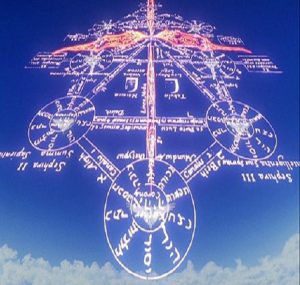
Although the "Tree of Life" itself is not a major theme of Evangelion, questions such as whether humanity will be freed from original sin by eating the Fruit of Knowledge, or whether they will be deified by eating the Fruit of Life, are related to the story after the TV series, including the fight against the Angels and the most important keywords such as the "Human Instrumentality Project."
Yokai Hunter Tree of Life
"The Tree of Life" from "Yokai Hunter" is a story about another ancestor of mankind found in a different version of the Bible called "The Legend of the Beginning of the World," passed down among hidden Christians in the Tohoku region.
It is a dramatic tale in which Zenji, who becomes their savior, leads the descendants of "Adan" (Adam), who ate the fruit of knowledge, and "Jushel" (Lucifer), who ate the fruit of the Tree of Life, to "Paradise."

Tomb of Christ in Aomori
The tomb of Christ is located in Shingo Village (formerly Torai Village), Aomori Prefecture.
According to the Takeuchi Documents, it was Jesus' brother Iskiri who was crucified on the hill of Golgotha, and Christ himself traveled to Japan and died at the age of 106 in Torai Village. There is also a theory that the name of Torai Village comes from "Hebrew" and that the local Bon Odori song "Nanyadoyara" is a Hebrew song.
The Takeuchi Documents themselves are now considered to be a forgery, but I think it is an interesting case that a tomb of Christ was actually built in Aomori and that rituals related to it are being carried out.
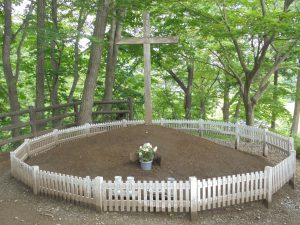
Evangelion and the Monsters
Returning to the topic of "Evangelion: 3.0+1.0 Thrice Upon a Time," it is interesting to see that keywords from the Bible and Christianity have been added and scattered throughout the film, and that fans have been analyzing and discussing them in various ways. It is an extension of what Hiroki Azuma described as "database consumption" in his "Animalizing Postmodernism" 20 years ago.
I think this film was fitting in that it encompasses all of the Evangelion stories to date and brings the past 25 years to a close.
Because it is a work that takes into account past events, it is difficult to talk about it solely on the basis of its story as a standalone film, but the visuals and expressive techniques are also wonderful, so I believe it is a work that will continue to be talked about for years to come.
It may seem a little out of place to talk about Evangelion in a forum on the theme of yokai, but please bear with me as sometimes "misdelivery" can be a source of innovation and creativity.
This may sound like a far-fetched connection, but I feel that the creepiness and creature-like qualities of Evangelion have something in common with yokai.
I think it would be interesting to analyze stories with Bible motifs, overcoming the "sekai-kei" genre, and religious themes such as "patricide" in connection with yokai. (This may become my personal life's work in the future.)
Text by Keishiro Watanabe
■ Keichan Watanabe
He currently lives in Sapporo, Hokkaido. He was born in Asahikawa. He graduated from the School of Human Sciences at Waseda University. He is an independent researcher of yokai. He is an IT coordinator, a Certified Information Systems Auditor (CISA), and a Project Management Professional (PMP).
He currently works as a management and IT consultant, residing in Sapporo, Hokkaido, and traveling throughout the prefecture and Tokyo. However, he studied folklore and cultural anthropology at university, and continues to research yokai as his life's work.
I am currently writing articles about monsters associated with Hokkaido, where I currently live, as well as current news about business and economics.
Twitter:https://twitter.com/keishiro_w
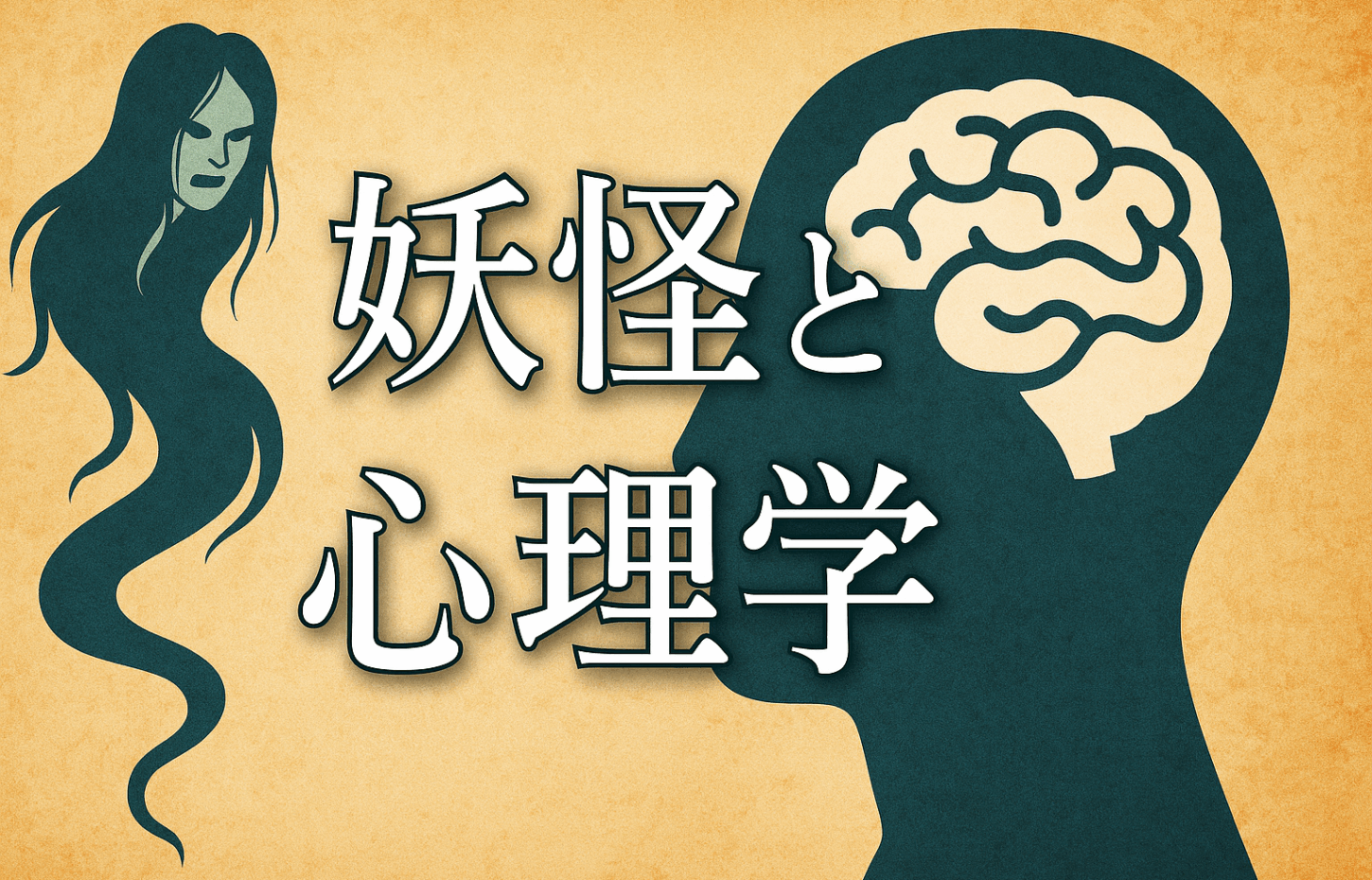

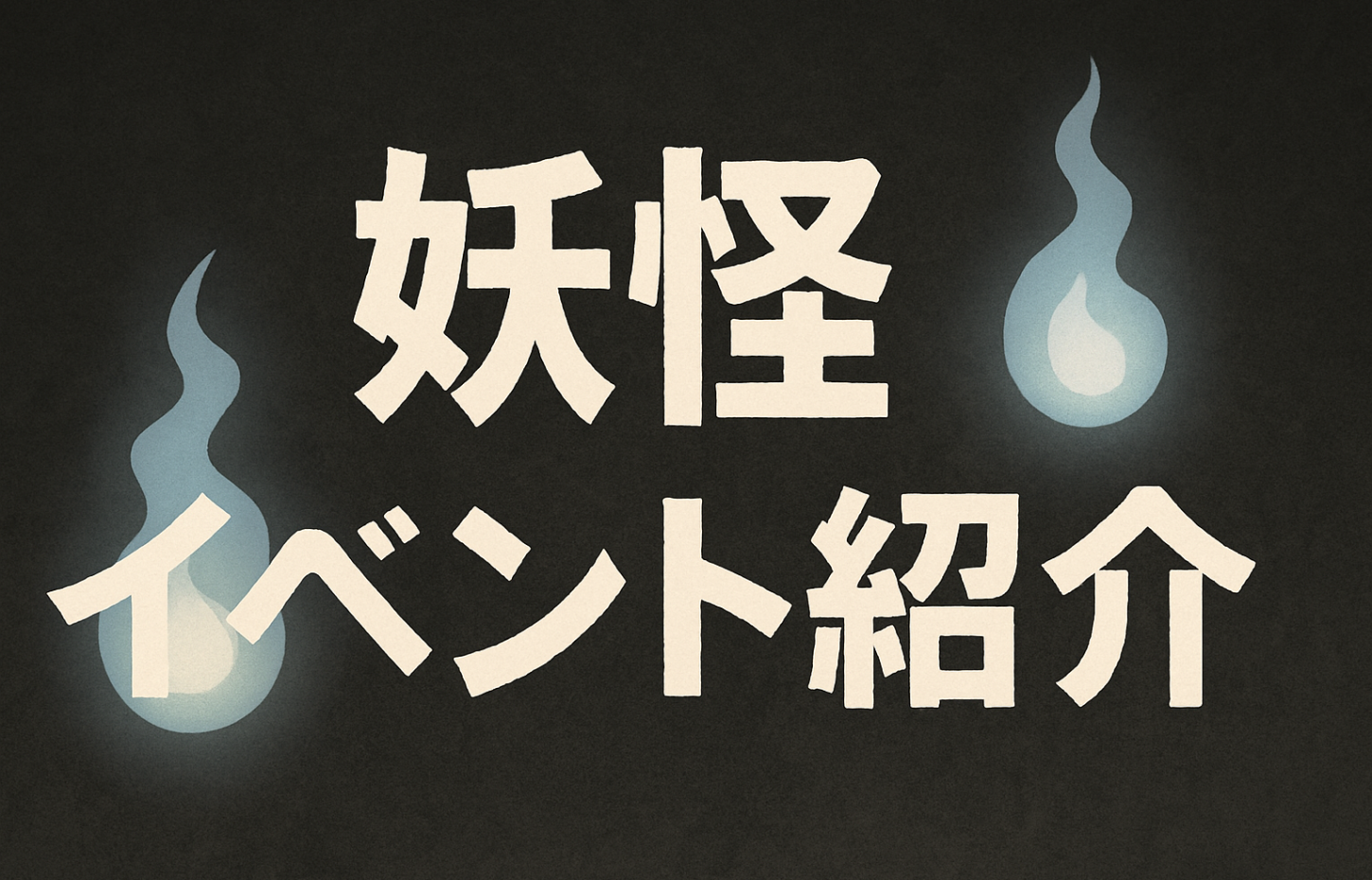
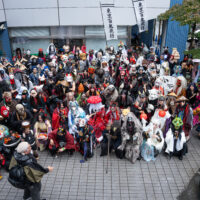
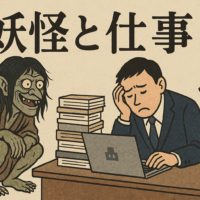
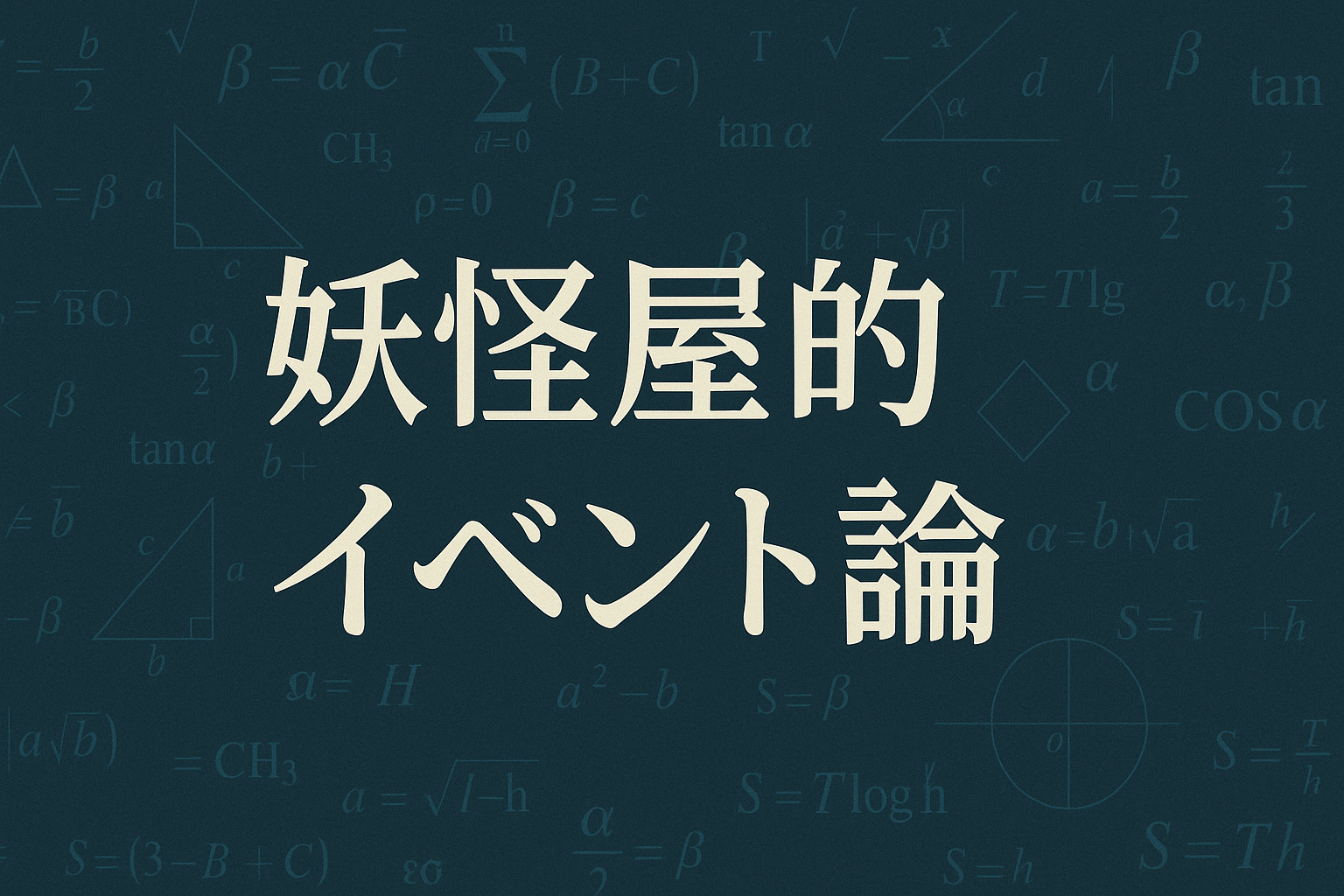



No comments yet.